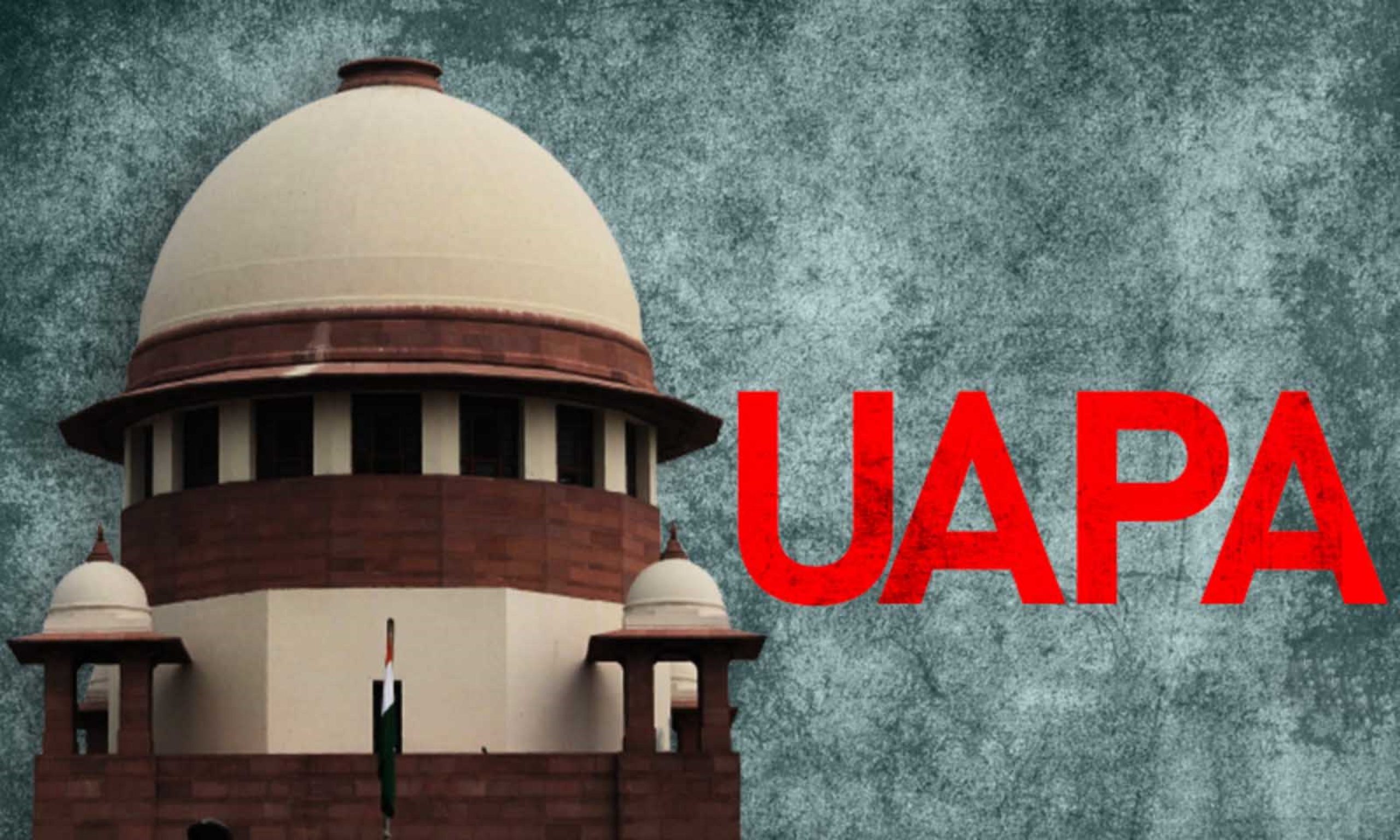- The subject always sparks heated debate among citizens of the country, particularly those who have been rendered disabled by the consequences of those antiquated laws. There is no denying the long-term consequences of certain outdated laws that have no place in the modern world in the first place. Regrettably, the Indian judicial system is burdened with some of the most antiquated laws that need to be repealed entirely. To its credit, the current government has repealed hundreds of outdated laws in the last nine years. The Law Ministry has pursued anachronistic laws with zeal, soliciting input from all stakeholders. However, a few more are still on the loose, much to the chagrin of law-abiding citizens.

PC: SABRANGINDIA
- Even the Supreme Court has expressed its displeasure with the Central Government for not attempting to repeal some of the laws. The Unlawful Activities (Prevention) Act of 1967 is one such law. This is an Act to provide for the more effective prevention of certain unlawful activities by individuals and organizations, as well as for dealing with terrorist activities and matters related thereto. When law enforcement agencies decide to use the UAPA against anti-social elements or perpetrators who may not be by accepted societal norms or laws of the land, it is not only draconian. The majority of people believe that the UAPA Act is being abused by government agencies. There is some truth in it as well.
- As reported earlier, Telangana charging the deceased with UAPA exemplifies how governments routinely abuse the most severe laws. The Telangana case, in which police charged two people with murder and sentenced them to death under India’s most stringent anti-terror law, is a classic example of the casual misuse of one of the country’s most stringent laws. This is one of several examples of how the law has been abused. The data is a damning analysis of NCRB data by various experts, revealing that the conviction rate for people charged under UAPA is less than 3%. But although 97% of those arrested and jailed get acquitted eventually, getting bail is tough – hardly 16% got bail in 2020. Thirteen of the 4,690 accused under UAPA between 2018 and 2020 were below 18, and 53% were between 18 and 30.

PC: Tharun Pranav
- Furthermore, when the counting is done on cases, it is not much better – one case typically has multiple accused. The conviction rate for cases is 27%, which is nearly half of the conviction rate in IPC cases. The vast majority of cases – 64%, according to one civil rights organization – use Section 18, which deals with no actual incident. Most are charged with unproven conspiracy to commit an act. The UAPA, along with the sedition law and a slew of state laws, gives police broad powers to impose harsh penalties for offenses that are mostly vaguely defined. SC must step and not wait indefinitely for the Union Government to reconsider the sedition law. In conclusion, UAPA knocking at the doors of the dead should be sufficient to understand that such laws tend to violate human rights.






